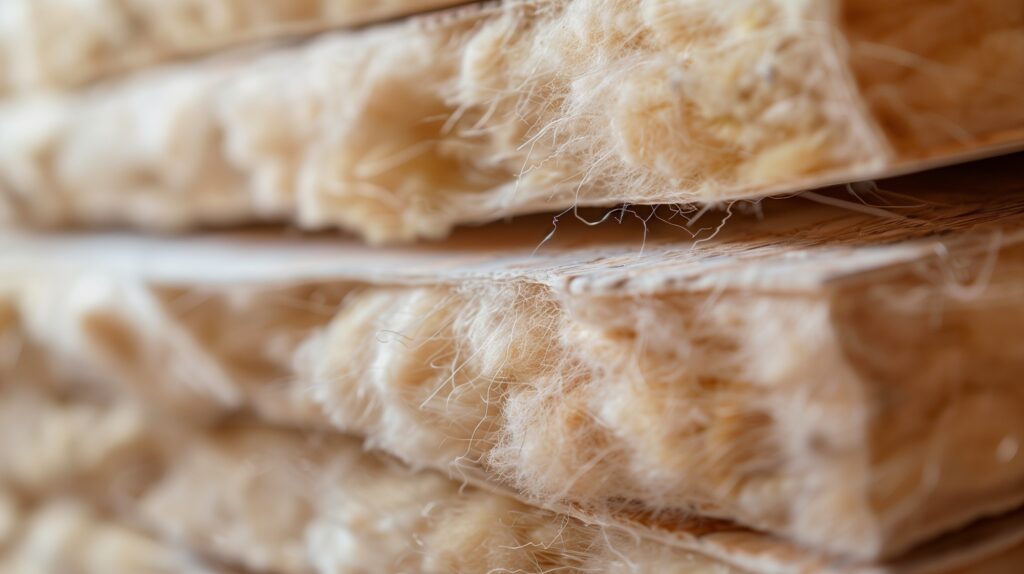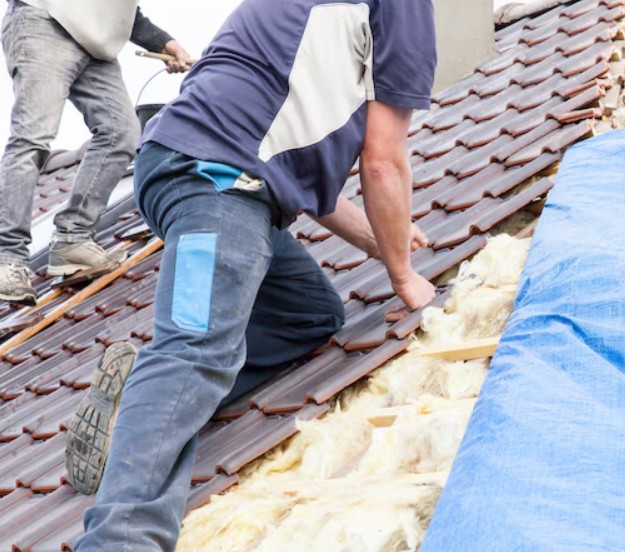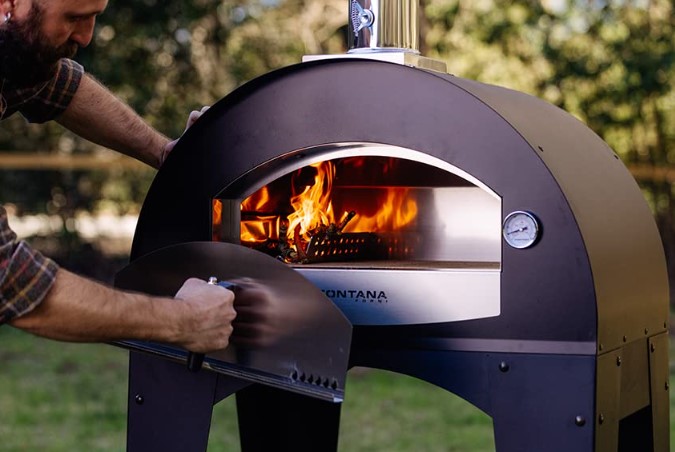Tips for a More Energy-Efficient Home

If you are looking to reduce your environmental impact and save money on utility bills, then making some simple upgrades around your home can dramatically improve its energy efficiency. Here, then, are some top tips for greening your space and cutting down on wasted energy.
Seal Air Leaks
One of the biggest energy wasters is air leaks that cause heated or cooled air to escape your home. Seal up any cracks and gaps around windows, doors, electrical outlets, attic hatches and basements to stop airflow.
Use caulk or weatherstripping to plug holes and physically block drafts. You can also apply window insulation films as a cheap way to better insulate older windows and prevent temperature transfers.
Upgrade Insulation
Properly insulating your home’s walls, attic and crawl spaces provides one of the biggest energy-saving returns on investment. Older buildings are usually under-insulated, making it easy for heat or AC to escape.
The experts at Epsilyte recommend looking into upgrading to green insulation materials. These eco options provide the same insulating R-value as traditional fiberglass bats but in a more sustainable way.
Replace Outdated Appliances
Consider replacing old appliances with newer Energy Star certified models that operate much more efficiently. An Energy Star washing machine can save over 3,000 gallons of water per year, while their dryers cut energy use by 20%.
Upgrade to double-paned, insulated windows and energy-efficient doors. And swap out any incandescent bulbs in favor of LED or CFL lights, which require far less electricity to produce illumination.
Lower Water Heating Costs
The second biggest energy drain after heating and cooling is heating water for your home. Turn down your water heater’s temperature to no higher than 120°F. Insulate older hot water tanks and pipes to prevent heat loss.
Go a step further by installing an on-demand or tankless water heater which only heats water when in use versus constantly maintaining tank temps. Switching to low-flow faucets and shower heads also reduces your hot water needs.
Use a Programmable Thermostat
Never waste energy heating or cooling an empty home with a programmable thermostat. Set it to adjust temps down automatically when you’re sleeping or away, then ramp back up shortly before arriving home.
With smart Wi-Fi thermostats, you can even control the AC and heat remotely from your smartphone. Reducing your cooling or heating output by just a few degrees makes a big dent in energy usage and costs.
Install Solar Panels
Of course, the ultimate in-home energy efficiency is generating your own clean, renewable electricity from rooftop solar panels. The upfront cost has dropped dramatically in recent years while tax incentives make going solar even more affordable.
When it comes to installing solar panels, it’s essential to work with a qualified electrician Florence South Carolina, or nearby areas. These professionals can handle everything from evaluating your roof’s suitability and energy needs to safely wiring the system and connecting it to your home’s electrical grid. They ensure that all components are installed correctly, comply with local codes, and are functioning efficiently.
Mind Energy Vampires
Surprisingly, many household electronics and small appliances consume a constant trickle of electricity even when powered off and not in use. These energy vampires include cable boxes, coffeemakers, desktop PCs and video game consoles.
Unplug these energy vampires when done using them or plug groups into smart power strips that completely shut off standby or idle power drains. Some estimates cite a potential 10% annual utility savings by reducing these phantom loads.
Strategically Landscape
Good landscaping practices can also make your home more energy efficient by optimizing sunlight and shade patterns hitting the house. Plant shade trees on western and southern facing windows to provide cooling shade in summer.
Conversely, trim back tree branches blocking winter sun exposure to allow passive solar heating during colder months. Either remove heat-trapping shrubs crowding the home or strategically use evergreens as windbreak barriers against frigid drafts.
Conclusion
Making some strategic home upgrades and tweaks can significantly green your living space while reducing its energy footprint and utility costs.







